Losing the subject, finding the picture (Part 3 of 3)
April 29, 2023 by Bruce W.
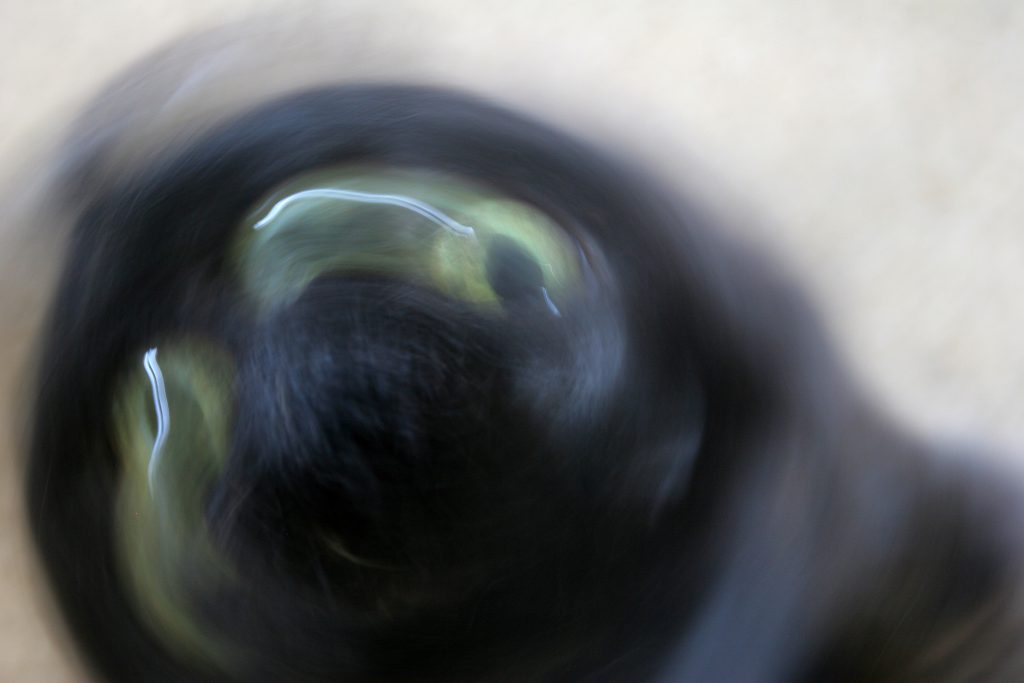

Embracing chance events and happy accidents in your photography
Part 1 of this series recounts my initial, unexpected discovery of fortunate mistakes, many years
ago. Part 2 covered my more deliberate application of this way of working within the freedom
and immediate feedback offered by digital photography. In my concluding piece, I look at extending my subject matter to include a broader range of possibilities.
Shooting subjects we might not normally consider worth shooting at all opens up new fields of
exploration and expression. We might encounter interesting arrangements of things that attract
our attention, found objects that pique our interest. Such things surround us constantly. We just
have to look with fresh eyes to see their potential for image creating opportunities.

This subject was beneath me. Right at my feet, in fact.
A recognizable subject might be hard to discern in what we have photographed. Shape, texture,
and colour can become the subjects we shoot, like my shot from Halifax harbour. Who is that in
the water? Don’t know; it’s a mystery. In fact, it doesn’t matter. The individual’s identity, in this
case, is not relevant to the image itself. The water’s distortion of the figure creates a strange and
unusual appearance, turning the swimmer’s human form into something dreamlike, otherworldly,
and even unsettling.
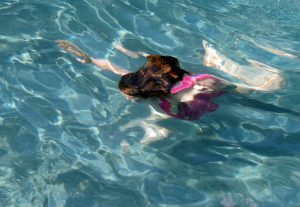
A figure in the water: colour, shape and mystery.
This way of seeing is not necessarily applicable or appreciated in all shooting situations. For
example, you might not want to use it unasked for at a client’s wedding, as the identity of the
people in the photos is central to the occasion being celebrated, and for the people who have
hired you. If a client has a desire for more adventurous, abstract imagery in mind, and gives you
their blessing, then go ahead and cut loose from the chains of convention. Show them beforehand
some samples of successful images where you have pushed past the boundaries of the usual so
they can get an idea of what you can bring to the party.

Rapid Transit. A great way to convey motion is to let it move through the image. Subject motion and camera motion are working together to capture the energy in the scene. 18mm, f4, 1/2 sec., 800 ISO
Allowing time to flow through your pictures, instead of stopping it in its tracks, is an easy way to
introduce the random and unexpected into your images. A slow shutter speed used on a moving
subject can capture the energy and dynamism of a world on the go. Zooming in or out on a still
subject can introduce movement and flow to an otherwise static scene. Experiment to see what
range of shutter speeds will give you results that work for you. Lower light and lower ISO will
let you play with slower shutter speeds with greater success. In brighter light, a neutral density
(ND) filter can help tame light levels.
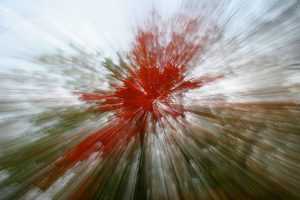
Introducing motion to a normally static subject shows it in a different light. Here the lens was zoomed during exposure. 17-85mm, f22, 1/2 sec., 400 ISO
The what, where, and when of this image’s origin have been stripped away and left behind. They
are unimportant and in any case beyond proving. We’re left with just a reflection on water. We
can forego a recognizable subject altogether and capture patterns of colour and light without
reference to any particular object. Painters have been doing this for a long time. Photographers
do it too, for that matter. But have you?
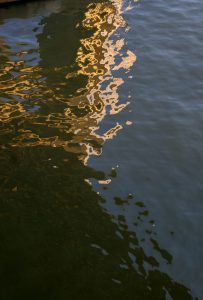
Happy accidents can be a gateway to exploration, a path to fruitful, new directions. Taking
chances means making mistakes and risking failure. Sometimes, however, experimentation
brings surprise, images that aren’t what we were looking for. Instead we find something
different, occasionally something better, or at least something that suggests a recalibration of the
definition of success. Some might see this approach as an excuse for bad photographs. Not
everyone is going to like everything; you might not like the photos I’ve included in this article.
Fair enough. But photography, for those who practice it, is not just a product, it is also a process.
By expanding the boundaries of what you shoot and how you shoot it, taking chances and taking
advantage of the unexpected, the accidental, and the unpredictable, you can explore new worlds
of expression and creativity that will bring fresh ideas to all of your photographic endeavours.
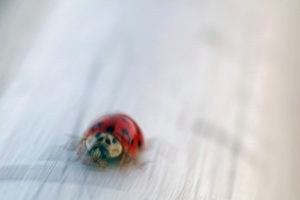
Happy trails!